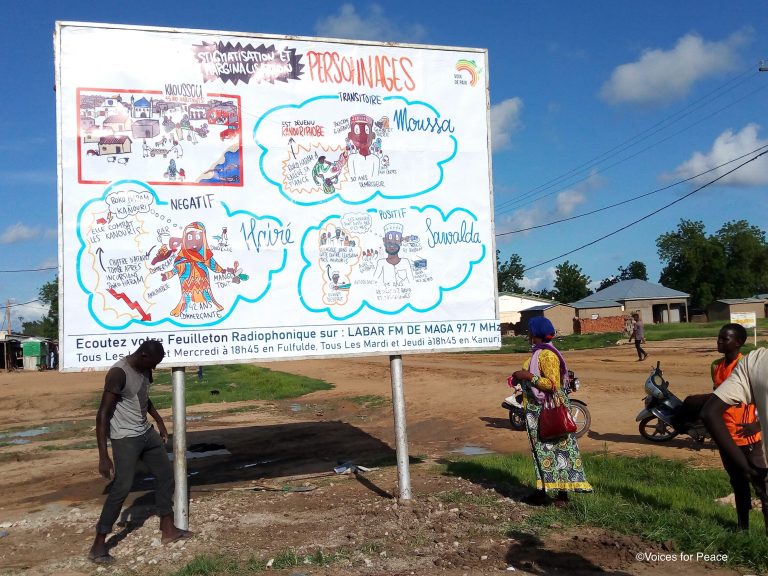Visual Process Mapping: Rethinking Workflows with a Pencil
Organizations often need to understand, analyze and improve their processes. Different departments must then form a common picture in process optimization workshops: Where does our process begin and where does it end? What are secondary processes and interfaces? How deep do we have to go into the details? In this post, bikablo explores how to find a common language for this.
by Frank Wesseler and Andrea Wendt
SHARE ARTICLE
“What do these boxes and arrows have to do with me?”
There are established techniques, codes and presentation forms for process documentation. They work for process experts, e.g. Lean Six Sigma consultants. For everyone else who has the knowledge for change inside them, such diagrams are often an incomprehensible “visual foreign language”. They lack emotion, dynamics and clarity. And they are created on the computer, not in dialog.

Data flow diagrams are exact, but not very descriptive. Anyone who has not mastered this secret language will be at a loss.
In the process workshop, it is crucial that everyone involved opens up and shares their daily experiences. However, crucial information is often only exchanged behind closed doors during coffee breaks. Even those who did not participate in the workshop later find it difficult to understand and identify with a digitally created process map. No one has the desire to look at it closely and think about it further, “What do these boxes and arrows have to do with me?”
How do you encourage stakeholders to participate and be creative?
According to neurobiologist Gerald Hüther, logical thinking alone is not enough to understand complex relationships and make wise decisions. We need a unity of thinking, feeling and acting; rationality and emotionality; spirit, soul and body. “There is no problem that can’t be helped with a picture,” says visualization author Dan Roam (“Explained on a Napkin”). And so, at bikablo, we have developed techniques, methodological approaches, and a visual vocabulary that makes designing workflows an exciting, joyful, creative, and insightful learning journey – with pen in hand, of course!
In bikablo’s Visual Process Mapping training (part of the Visual Facilitator Curriculum), people involved in processes learn to rethink and visualize workflows. With the help of a quick and applicable drawing technique (“bikablo quick and dirty”) we establish immediate relevance and visualize concrete problems. For this purpose, we convey success factors for different process levels and reflect on the resulting visualizations in the learning group.
MORE ARTICLES ON THIS TOPIC
You Might Also Be Interested In...

Using pictures to promote a good climate: bikablo meets Fridays For Future
With “Fridays for Future” a fascinating worldwide youth movement has emerged. bikablo supported the summer congress in Dortmund with graphic recording and visualization trainings.

Closer than we thought: Visualization and Comics
What do graphic novels and graphic recording have in common? This is the question bikablo asked itself in a conversation with the comic artist Oliver Scheibler at the Comic Festival in Cologne. An experience report with surprising insights.

How to create an educational radio soap with a pencil
Interview with visualizer Filippo Buzzini of ‘Sketchy Solutions’, who helped us with a project in West Africa.